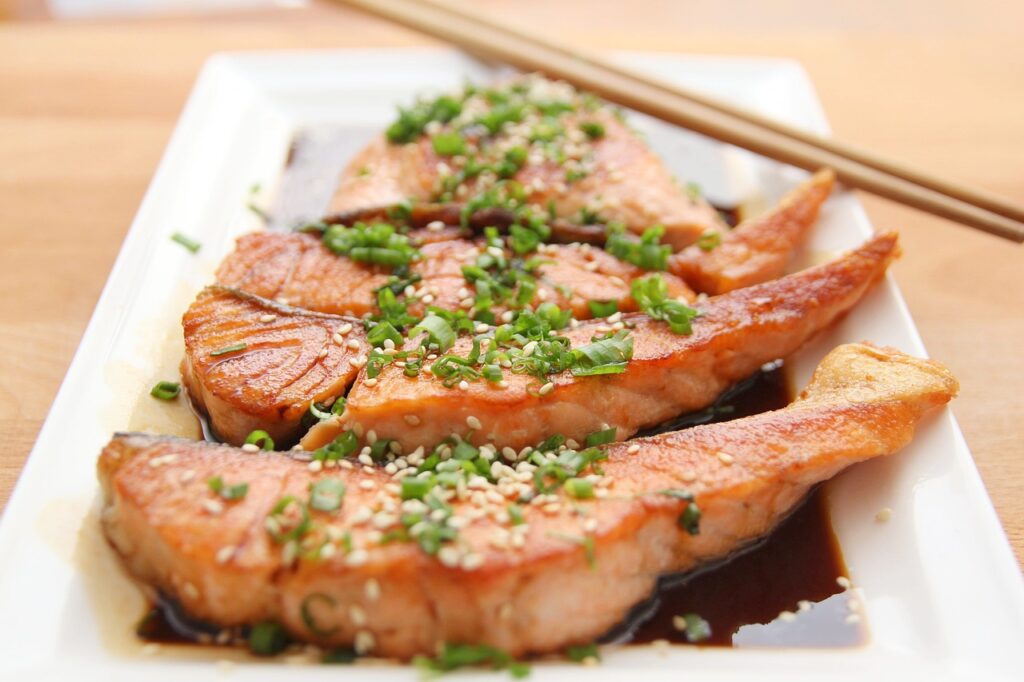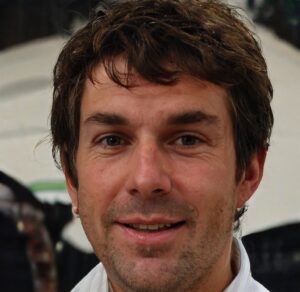Exhibitions Art Paintings Arcagallerdate: How a Modern Show Is Built
1. Cohesion Above All
Choose a clear thesis—medium, subject, theme, or interplay of method and message. Each selected work must add to the narrative; no filler, no outliers. Opening text sets the tone: a mission statement, not a wander through “variety.”
Routine culling is your edge—edit until coherence is ironclad.
2. Curatorial Structure
Sequence by tension—soft to bold, silent to aggressive, small to large. Visual rhythms: balance color fields, voids, and complexity. Break walls with “pause” pieces or rest zones. Reserve anchor space for one or two statement works; use secondary works to reinforce or contrast key moods.
Exhibitions art paintings arcagallerdate: A sharp show walks the eye with purpose.
3. Technical Check and Documentation
Condition—all canvases, frames, and mounts inspected and logged. Provenance, artist bio, and method are documented for every piece. Highres photography before, during, and after install—every movement recorded.
Contemporary equals professional; no slack on logistics.
4. Lighting and Placement
LED with CRI above 90; uniform, angled to highlight brushwork and prevent glare. Height: center of main pieces at 58–62 inches; adjust for gallery ceiling and visitor flow. Install with antitheft hardware, wall studs, and shock sensors—insurance and security matter as much as aesthetics.
5. Interpretation: Labels and Technology
Short, sharp labels: title, date, artist, 1–2 line statement. Use QR codes or mobile guides for deep dives: process, artist interviews, theme expansion. Wall essays only where they inform—never overwrite.
Routine information, never clutter, builds impact.
6. Visitor Experience, Traffic Flow
Logical entry—map, welcome, and visitor path is clear. Room “chapters” for parts of the show—subject, style, color, or artist chronology. Benches or pause spaces in long runs; reflect and absorb.
Feedback kiosks—physical or digital—cap the visit for user review.
7. Interactive and Multimodal Elements
Video or looped audio: interviews, artist at work, or behindthescenes for processheavy works. For tactile or processforward painting, demo videos or “touch samples” with gloves. Augmented reality apps for visitors: overlay artist narration or xray underpainting on visitor phones.
Engagement is planned; chance is for amateurs.
8. Marketing, Outreach, and Digital
Preexhibit catalogues, artist teasers, and studio photography across owned social and email lists. VIP and press preview nights with scheduled Q&A. Live or virtual tour streams; postcatalogue available on opening day.
Measurement: every campaign, ticket, and content piece is logged and reviewed after.
9. Security, Insurance, and Handling
Secure every canvas and work to wall or pedestal. Maintain climate logs for the full run—60–70°F, 50% humidity. Document all handling and shipping. Pre and postcondition reports for each change in venue.
Routine trumps luck in protecting contemporary assets.
10. Postmortem and Legacy
Debrief with staff and artists: what worked, what missed traffic, what press or review outlets responded. Follow up with buyers, institutions, press, and attendees—schedule for future shows, document responses. Store catalogue, photo, and video records for the exhibition archive.
Routine reporting supports grant, sales, and future curatorial choices.
Pitfalls to Dodge
Overcrowding—let paintings breathe; don’t turn the show into a catalogue dump. Ignoring maintenance: chips, dust, scuffs, or light failures reflect on the whole collection. Sloppy visitor flow—confused movement sabotages engagement and sales.
Every step in exhibitions art paintings arcagallerdate is measured.
Contemporary Artists & Styles: Sample Curation
Abstract Colorfield: A. Chen, “Glass Horizon”; K. Jordan, “Cyan Divide.” Figurative Disruption: L. Mirza, “Neon Gatherings”; S. Dawson, “Echo.” Conceptual Process: F. Koba, “Statements in Oil”; P. Frias, “Undo/Redo, 123.”
Each wall, each room, each grouping has a thesis—never just color or size.
For Artists: Exhibition Discipline
Ensure all artwork is finished—edges, signatures, and framing on point. Submit images, process, and statements on a clear schedule. Attend installation day; own your layout as part of the process.
For Curators: Advance Planning
Confirm insurance and condition reports before art even arrives. Build a runofshow: install, opening, tour, maintenance, strike. Data log all sales, foot traffic, and press contacts for postshow review.
Curatorial excellence is routine, not flair.
Conclusion
A great contemporary art collection exhibition is rigor—vision, curation, install, and review sharpened by routine, not inspiration alone. The best exhibitions art paintings arcagallerdate outplan, outmanage, and outperform. Success is compounded by clarity—theme, space, light, engagement. Plan, audit, install, reflect—and watch every show outlast the noise and trend. Discipline, not chaos, makes art endurable.


 Bernardon Holmanate explores destinations through the lens of culture, history, and hidden local experiences. At Arcagallerdate, he focuses on authentic travel — from remote villages to iconic cities — helping readers discover the stories behind every place they visit.
Bernardon Holmanate explores destinations through the lens of culture, history, and hidden local experiences. At Arcagallerdate, he focuses on authentic travel — from remote villages to iconic cities — helping readers discover the stories behind every place they visit.